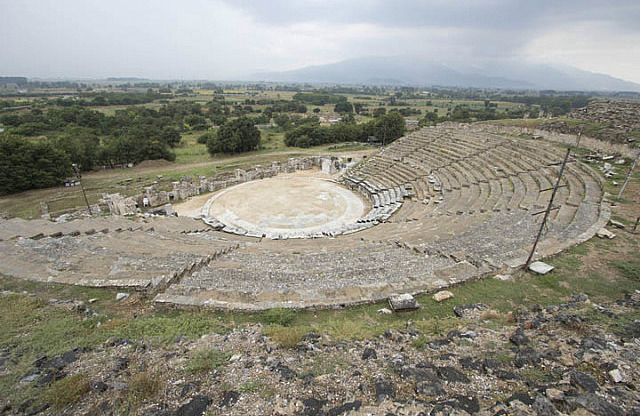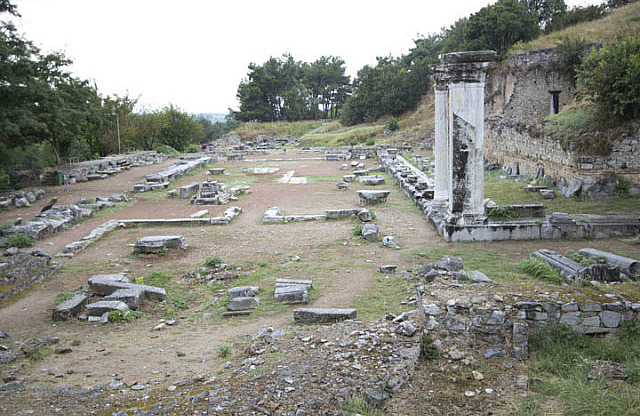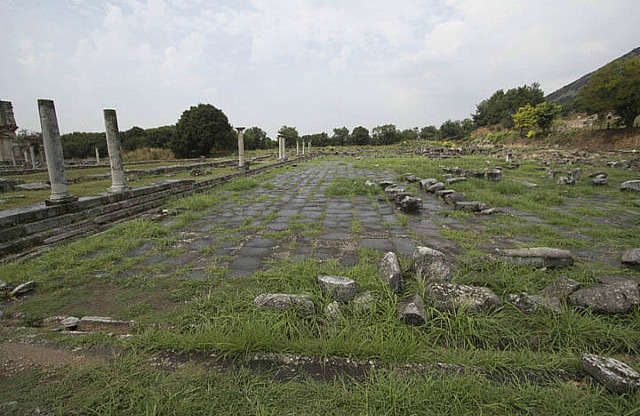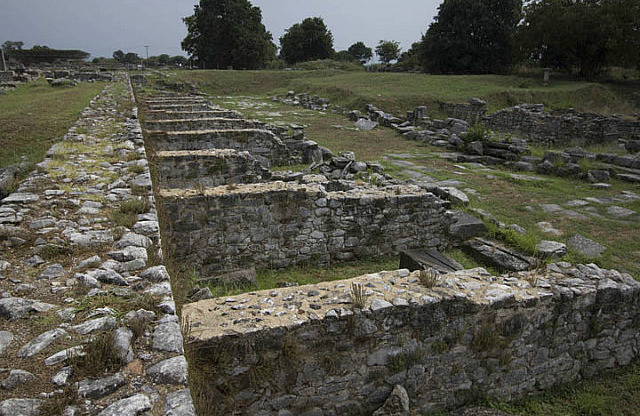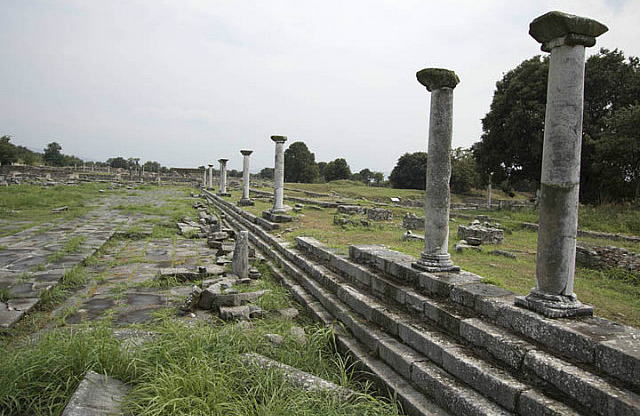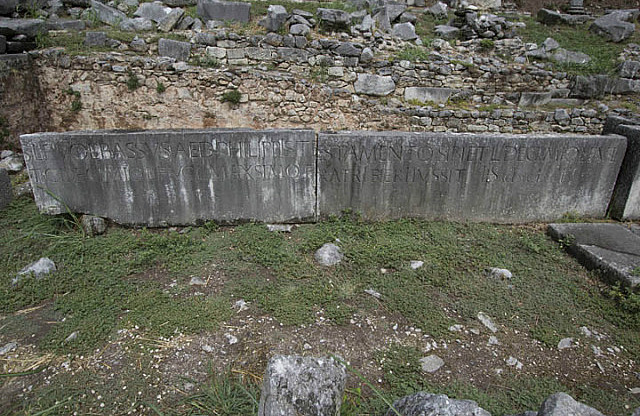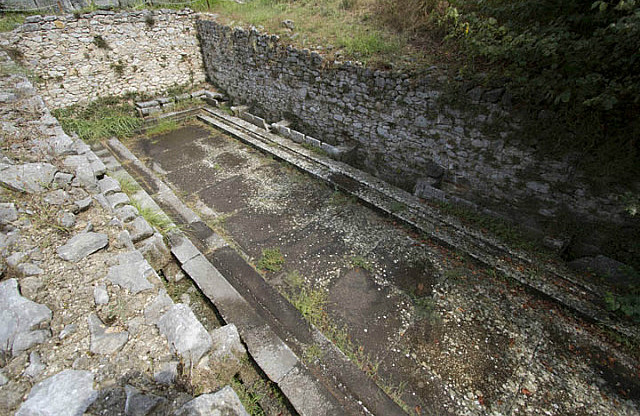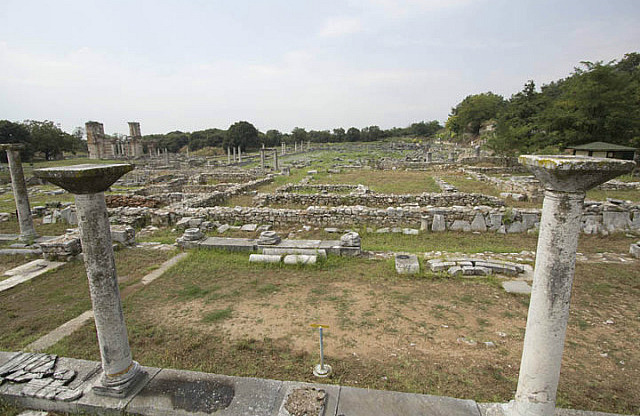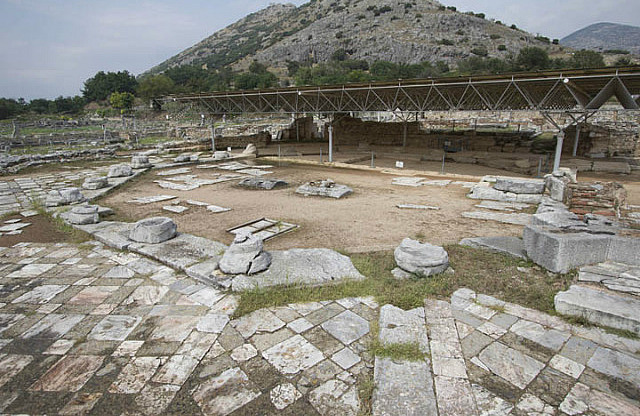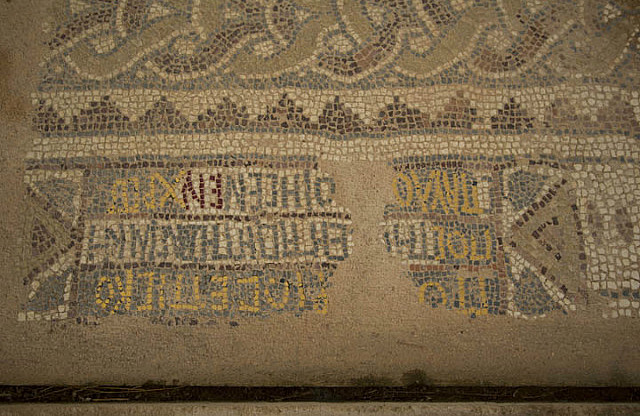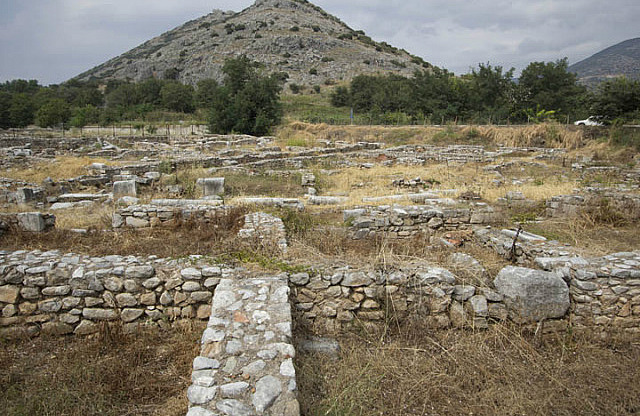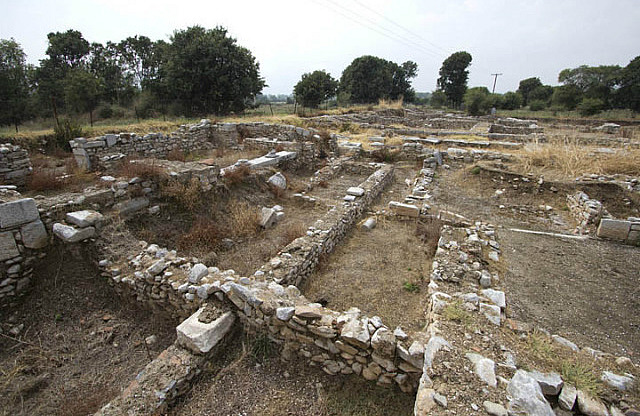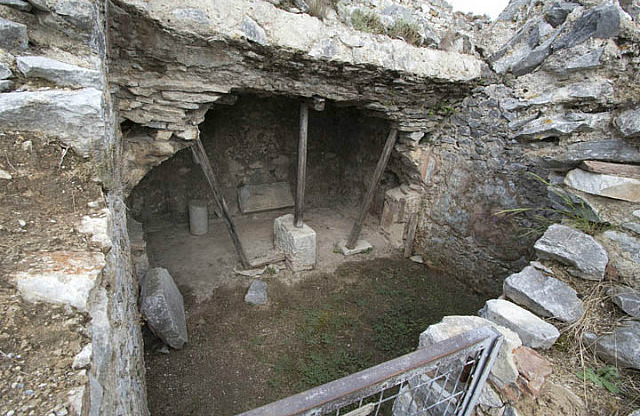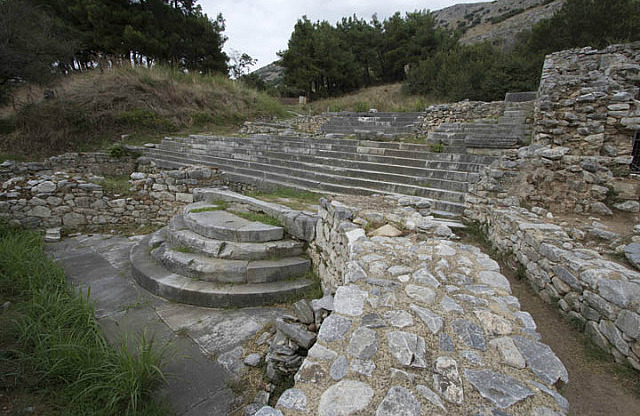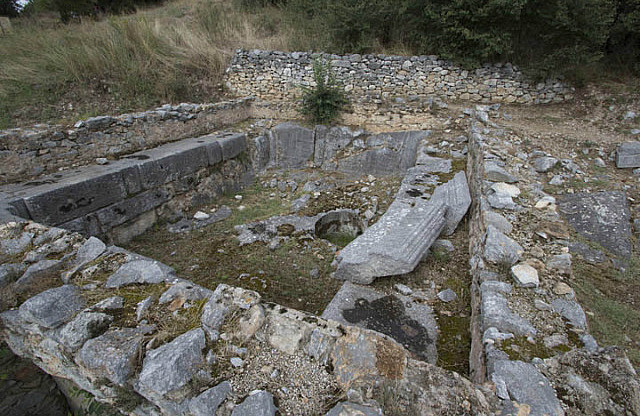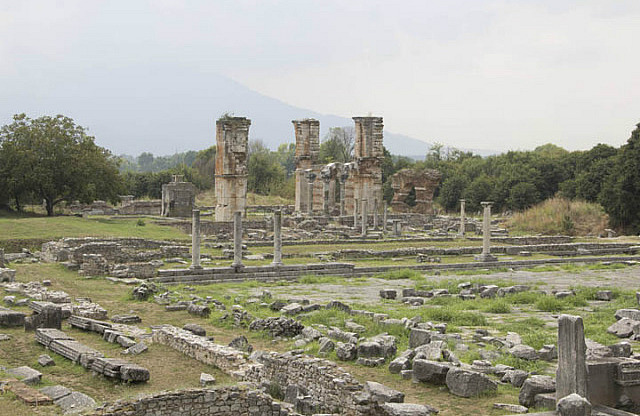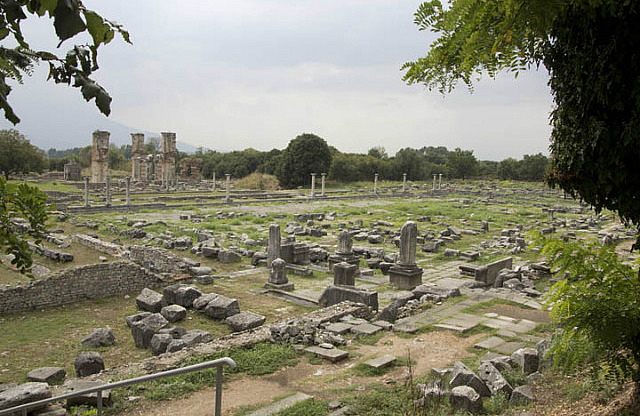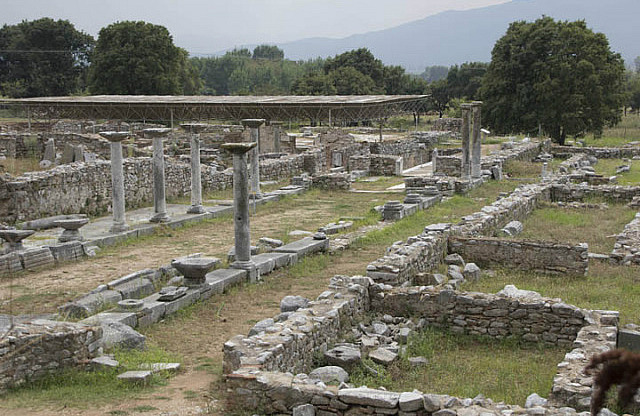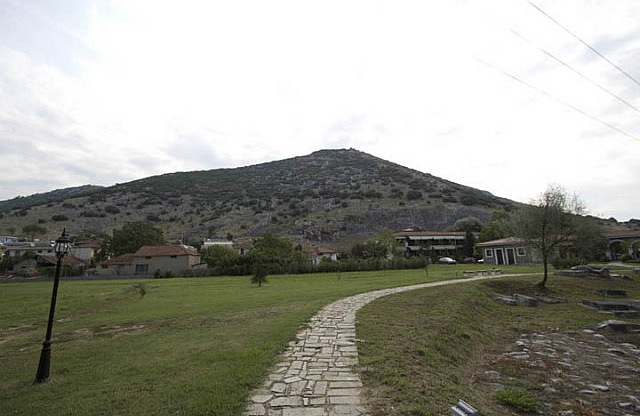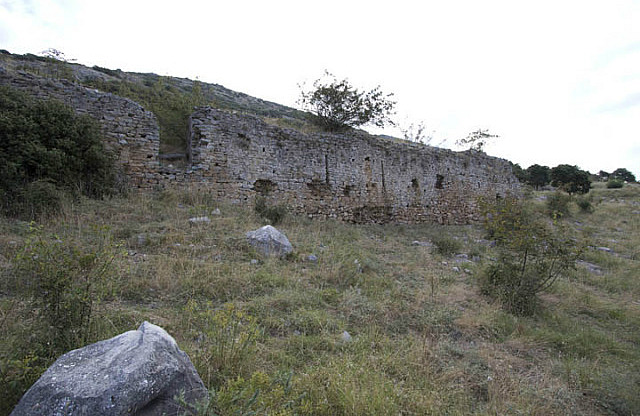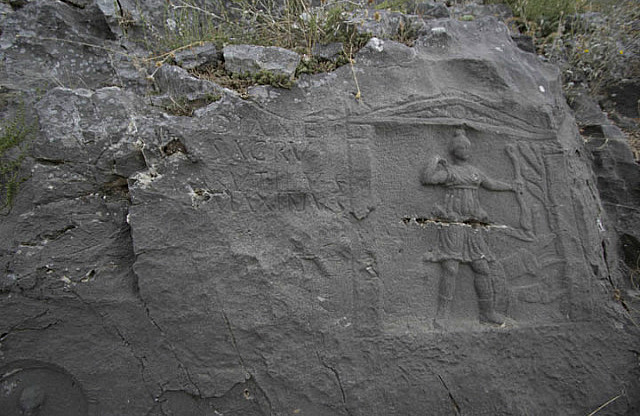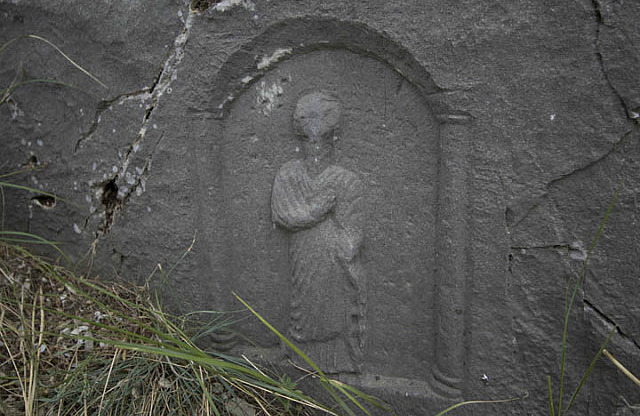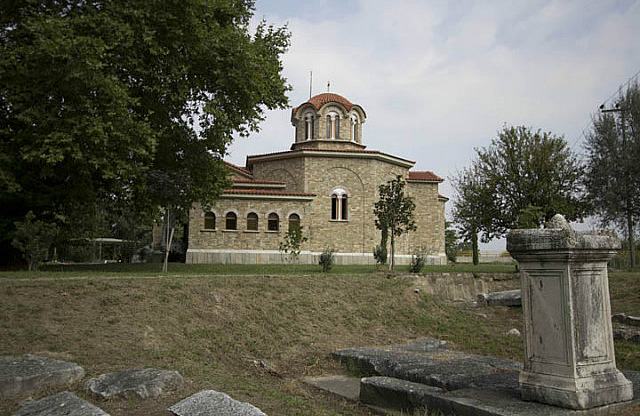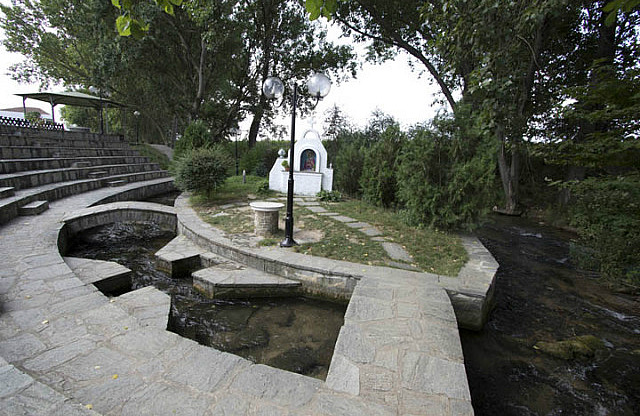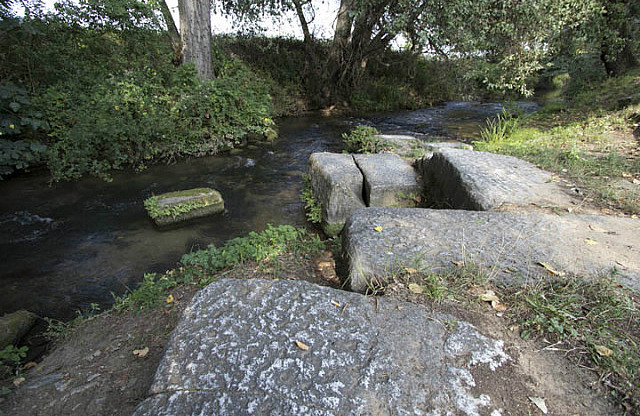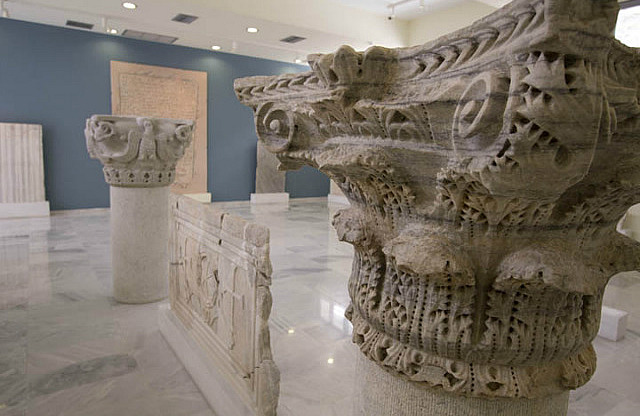Historical Background
Evidence found in the area of Philippi shows early settlement during the 5th century B.C. Led by the exiled politician Kalistratos, the settlement near Philippi became colonized after an invasion of settlers from the island of Thasos (just off the Aegean coast) in 360 B.C. The colony that would later be named Philippi was first called Krenides (which in Greek means “springs” or “fountains”, since there were a number of natural streams in the area). With the potential threat of the neighboring Thracian tribes, the Thasians settlers petitioned Philip II, king of Macedonia, for military aid in 356 B.C. However, because of the rich resources and abundant gold and silver mines that were known in the area, Philip II decided to conquer the colony and take over the area. With the colony under his control, Philip II renamed the colony Philippi in his honor and fortified the city with new walls and defensive structures. He also increased the population of the city by re-settling Macedonian mercenaries there and having them work the mines and extract precious metals for his empire. Throughout the Hellenistic period, not much is known of the city, but it appears to have continued to grow and prosper throughout the 3rd and 2nd centuries B.C.
One of Philippi's most important historical moments was in 42 B.C. when the battle between the allied forces of Octavian (who would later be named Augustus) and Marc Antony against the murders of Julius Caesar, Marcus Junius Brutus and Gaius Cassius Longinus. The battle occurred just west of Philippi in the plains of Drama. When Octavian and Antony were victorious, the city of Philippi came under Roman jurisdiction and it was thus re-named as a Roman colony, Colonia Victrix Philippensium. A few years later, Octavian defeated Marc Antony at the battle of Actium in 31 B.C. and became emperor of the Roman Empire in 30 B.C. As emperor, Octavian established more veteran militia in Philippi and gave it the name Colonia Augusta Julia Philippensis in honor of his daughter, Julia.
Since Philippi was along the Via Egnatia (the major Roman highway), it enjoyed significant commerce from all over the empire and was a very strategic military outpost in the Macedonian region of Greece. With the heavy Roman population and the official title of Roman colony, Philippi underwent many major building projects to model itself after the mother city of Rome. It also governed itself under the municipal law of Rome by two directly appointed Roman magistrates (duumviri).
Philippi continued to prosper into the late Roman period and into the Byzantine era with a strong Christian community flourishing in the city following the missionary efforts of the Apostle Paul in ~49-50 A.D. This is apparent because of the several large basilica that were built in the 4th - 6th century A.D. near the forum in the center of the city.
However, earthquakes in the 7th century led to a decline in the city's population and it continued to dwindle and was nearly uninhabited by the 10th century with only a single Byzantine tower and a few houses occupied in the area. It remained this way into the 16th century A.D. But was at some time afterward abandoned completely.
Archaeological Significance
Only a small portion of Philippi has been excavated at this time, mainly consisting of the town center, which is nestled between the side of Mt. Orbelos on the east and the Krenides River on the west. The Via Egnatia (major highway) runs right next to the Roman forum in downtown Philippi. Large pieces of several municiple buildings just north of the forum are left to see and a Latin inscription mentioning the two duumviri (“magistrates”) lies next to the foundations of one of the civil office buildings on the north side of the forum. The most prominent structures are two large Christian basilica that have walls still standing (or reconstructed), and there is a famous “Octagonal” church structure (referred to as basilica of St. Paul) with a mosaic mentioning Bishop Porphyrios from the 4th century A.D. Adjacent to the basilica of St. Paul in an annex building is a baptismal font, next to that a Roman bath, and next to that a Roman latrine (“public toilet”). Continuing farther away from the city center, there is a residential complex with houses and industrial buildings. Additionally, there is a reconstructed Greek/Roman theater in the southern slope of Mt. Orbelos and an acropolis with defense towers remaining from the Byzantine period on the mountain's apex.
About a half a mile north along the Krenides river is a site dedicated to Lydia, the first Christian convert of Philippi. There is a church dedicated to her next to the river and baptismal site in the river itself. Of particular interest are several large pavement stones from the Via Egnatia that can still be seen next to the river near the baptismal structure leading north away from the city.
Biblical Significance
After having heard in a vision a plea for help from a man in Macedonia, Paul (as well as Luke and Silas) traveled to northern Greece, being led by the spirit of the Lord. The first major place mentioned that Paul and his companions are recorded preaching at was Philippi, where they stayed for several days (Acts 16:12). In verse 12, Philippi is called “the chief city of Macedonia” (KJV) or “the leading city of Macedonia” (ESV/NIV). However, another way to translate the Greek text is, “a city of the first district of Macedonia.” Macedonia was divided into four districts for administrative purposes in 168 B.C. and Philippi was located in the first district. But, Philippi was not its leading city. According to the writings of Pliny the Elder (c. 23-79 A.D.) that privilege was bestowed upon Amphipolis (Nat Hist. 4.33-38). Thus, in consideration of grammar and external sources, the more accurate translation of verse 12 is more likely, “From there we reached Philippi, a city of the first district of Macedonia and a Roman colony” (NRSV).
Apparently, there was not a large Jewish presence in Philippi (at least not a large enough one to have a synagogue since ten male Jews was required to constitute a minyan) and so on the Sabbath Paul, Luke, and Silas went to a place down by the riverside where they supposed there was “a place of prayer” (v. 13). The phrase that Luke uses for “we supposed there was a place of prayer” (enomizomen proseuchēn einai) does not imply that they took a wild guess at where people might be gathering. The word enomizomen means “to regard or acknowledge as customary.” Thus, Paul and his crew went to where it was highly probably that people would gather together to pray. It was well-known that places of prayer were often located near water sources as Paul would have known from his Jewish heritage. Josephus (37 – c. 100 A.D.) mentions a decree in Halicarnassus by a Roman official named Marcus Alexander that permitted Jews to build places of prayer near the sea, “which is in accordance with their custom” (Ant. 14.258). And, Philo (c. 25 B.C – c. 50 A.D.) describes the Jews of Alexandria rising early and departing the city to the seaside and there praying together (Flacc. 14.122). Even Tertullian (c. 160 – c. 225 A.D.) notes that, among their other rites, Jews have an established custom to perform prayer by the sea (Ad Nat. 1.13). Thus, Paul is likely referring to this cultural custom of the Jewish people that they would likely meet together near the riverside of Philippi where there was water.
At the spot by the river, Luke records that Paul and his companions meet some women, however he does not say they were praying but only that they had simply gathered there. After joining the group, Paul and the others encounter one woman in particular, a devout believer in God named Lydia. She was a wealthy woman who was a seller of expensive purple cloth, but she was receptive to the words of the apostle. Luke records that “as she listened to us, the Lord opened her heart, and she accepted what Paul was saying” (v. 14 NLT). There are two important things to note about this encounter. 1) Lydia's example proves that the message of the gospel is for everyone, and 2) Luke mentions how the Lord was at work in Lydia's heart to bring her to faith in the gospel.
The first observation is significant because, of all people, the rich are the least likely to see a need in their life for salvation. They can suppress the void in their soul and appease themselves with the luxuries of life that can so easily divert one's attention from the message of hope found in the gospel. It takes true humility for a rich person to not trust in themselves but to trust in the Lord.
As Luke records, upon believing Lydia and her household were baptized and she constrained Paul and his friends to stay with her. Lydia must have been the head of her house in order to be able to offer this hospitality and to compel Paul, Luke, and Silas to accept the invitation. An interesting parallelism later in their stay at Philippi is when Paul and Silas were freed from prison and the jailer believed in the Lord Jesus, he and his house were also baptized just like Lydia and her house (v. 33).
The second observation is significant as well because it indicates the presence and power of the Lord at work in Lydia to bring her to faith. Paul was preaching the gospel but Luke says, “the Lord opened her heart, and she accepted what Paul was saying” (v. 14). Paul was only a spokesman for the Lord, it was the Lord that changed Lydia's heart and transformed it to be receptive to the message of the gospel. Paul describes elsewhere about his preaching experiences, “Who is Apollos? Who is Paul? We are only God's servants through whom you believed the Good News. Each of us did the work the Lord gave us. I planted the seed in your hearts, and Apollos watered it, but it was God who made it grow. It's not important who does the planting or who does the watering. What's important is that God makes the seed grow” (1 Cor 3:5-7 NLT). Lydia believed in God before Paul arrived at Philippi. But when Paul brought the message of the gospel concerning the Christ, it was the Lord who sprouted the seed in her heart to see the truth of the good news they were proclaiming.
Focusing on Lydia as the first convert in Macedonia, she demonstrated several exceptional virtues as a believer in God. First, she did not let her personal qualifications (such as wealth, prestige, honor, reputation, ego, etc.) go to her head and influence her attitude toward the gospel. Self-importance has long been a cancer in the heart of humans since the dawn of our existence in the Garden. It continued to surface as exemplified in Israel's stubbornness and disbelief, which stemmed from their attitude that they thought they were better off without God at times and then went about to make gods of their own or follow their own evil desires.
Recall that Simon the magician proclaimed himself to be someone great in an attempt to get people to recognize him and think highly of him (Acts 8:9). When we promote ourselves, our friends, our church, or anything else in place of promoting Christ, we will inevitably fall prey to the same bait that has tempted humanity from the beginning. When Christ is not the center of attention, then often he rarely gets attention, and especially not the attention he needs to be given. What gospel can be preached without the name of Jesus and the promises of God being on the lips of believers? Let it be granted that people and churches are avenues to fellowship, learn, and worship, but they are not the center of attention. When they become the center of attention, the gospel as been compromised and it becomes difficult to tell where the gospel ends and the person, group, or institution begins. In those instances, the interests of the parties involved revolve around a distorted agenda and it become difficult to tell what part of it is faithful to following the Lord and what part has become corrupted by the arrogance of self-importance. It can be subtle like an elitist attitude such as the mindset that your church is the best church and all others are lesser, or it can be overt as is evident by most advocates of the prosperity gospel, who promote a self-centered gospel that hinges on what you can get rather than a Christ-centered gospel that focuses on what you have been given.
Also, Lydia is an important example in hospitality. She recognized that Paul, Luke, and Silas were travelers and were servants of God and she wanted to honor them by having them stay at her house and to provide food and accommodations. It is apparent when a believer has been genuinely touched by the Lord and the good news and their heart has been made new. An unexplainable sense of gratitude and appreciation fills ones soul and they realize that they have been given such a great gift. The point, however, is not that Lydia was seeking to elevate Paul and his companions and place them on a pedestal for special attention. It would have probably been absolutely fine if not a single person ever knew that Paul, Luke, and Silas were residing at her place while in Philippi. She convinced Paul and the others to stay with her because she said if they saw that she was “a true believer in the Lord”, then they should stay with her to fellowship together.


































